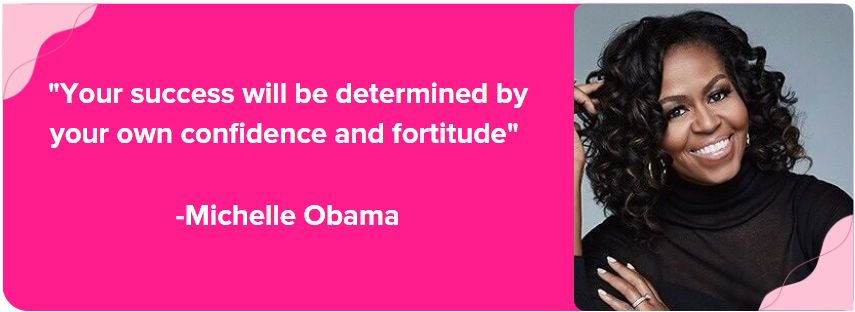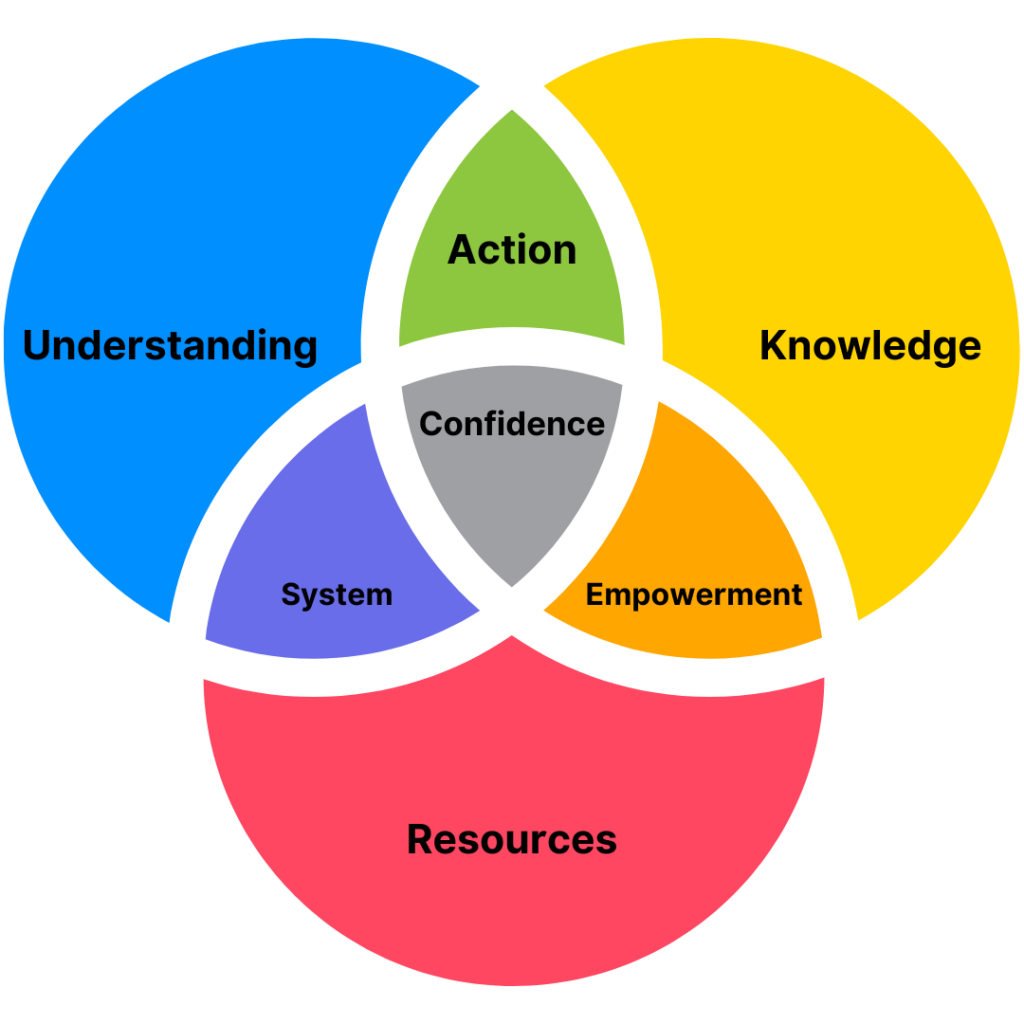June 18th, 2024

———-
In 2015 I was working with a client called Bruce. He owned a business that supplied industrial equipment to the mining sector. Bruce was being pressured by his customers to be certified to ISO 9001, and he was doing it under duress. But what he didn’t know was that this certification would change his entire outlook on quality management systems.
You see, years before that, when he was an employee at another industrial equipment business, he had a terrible experience with a quality management system (QMS) that was forced upon him and his colleagues. It was a nightmare, to say the least. He knew firsthand that implementing a QMS without proper support or knowledge could lead to disastrous consequences.
But fast forward a decade, and everything had changed. With the support of myself as the external auditor, Bruce had built an impressive integrated management system that not only met ISO 9001 requirements but also was certified to ISO 14001 and ISO 45001. The transformation was remarkable.
What started as a necessity had become a passion. Bruce is now a quality champion, spreading the word about the benefits of a well-implemented QMS to other businesses. He is proud of the positive impact it had on his business, his employees, and his customers.
This transformation wasn’t easy, though. It took support, knowledge, understanding, time, and perseverance to achieve. But it was all worth it. And as Bruce looked back on his journey, he realized that implementing a quality management system wasn’t just about meeting requirements but about creating a culture of excellence and continual improvement. It was about empowering employees and providing the best possible service to customers. And that was something worth fighting for.

—————–
As a daily yoga enthusiast, I can relate this to the tree pose and finding your “Drishti”. The Drishti is a Sanskrit term referring to a specific gaze point that helps to maintain balance and concentration during yoga postures. Without a Drishti or focus point you are not balanced or supported and can lose focus. Just as finding your centre is essential for maintaining balance in the tree pose, having the right support system is essential for maintaining balance and success when building a quality management system.
Become a Confident Quality Manager
As a Quality Manager or Implementer failing to invest in the right support system can have severe consequences for your own position as well as the business you are working with. The consequences can include missed opportunities, nonconformances, and a lack of credibility in the marketplace. This can also mean losing out on the chance for the business to tender for work where certification is required, ultimately limiting potential growth.
In a world where businesses are constantly seeking progression and growth, it’s essential to give ourselves the best opportunities possible. That’s why having the right support system is critical, especially when it comes to delivering quality products or services to customers.
For a Quality Manager or Implementer, having someone to rely on means a system can be developed and reviewed to help you achieve your goals, leading to increased customer satisfaction and a healthier bottom line for the business you are working with. So, the choice is simple: strive for progress and growth or remain mediocre and risk losing out on valuable opportunities. It’s time to take action and invest in the right support system to help you and the business succeed.
The Solution

—————-
Understanding – you have a general understanding of a business and its structure, the processes and the resources.
Knowledge – now add knowledge of the standards and how they fit into your understanding of the business, processes and resources. This will build your awareness about potential gaps and where you need to prioritise your time.
Resources – you need the right tools to be able to support your knowledge and understanding. Surround yourself with the right people, equipment, hardware and software that will move the business and the system forward.
Action – by combining your understanding and knowledge you have the confidence to take action. You are no longer frozen into inaction.
Empowerment – by using your knowledge and resources you will not be alone. You have the support of the right resources to push the system and the business forward.
System – your resources combined with your understanding will create and continually improve the system. You have a system now and you are empowered to make decisions and take action.
Creating a culture of Quality
According to a recent article from the Harvard Business Review (HBR), traditional quality strategies such as monetary incentives, training, and sharing of best practices have little impact on overall quality. After conducting extensive research, including interviews with quality function leaders at over 60 multinational corporations and surveying more than 850 employees at all levels of seniority, HBR found that a grassroots, peer-driven approach to quality is more effective in developing a culture of quality. By taking this approach, companies can reduce the number of mistakes made by employees, leading to significant cost savings and improved overall quality.
Your Next Steps to Success
1. Identify what is needed by conducting a Gap Analysis: Conduct a gap analysis to determine the differences between the current state and the desired state of a project, identifying areas that require improvement. This process helps in pinpointing specific deficiencies and formulating actionable steps to bridge the gaps.
2. Identify what knowledge requirements are needed: Determine the specific knowledge and skills required to achieve project goals by assessing the expertise needed at various stages. This ensures that the team is equipped with the necessary information and capabilities to meet objectives effectively.
3. Map out your actions: Develop a detailed action plan outlining each step required to reach your project goals, including timelines, resources, and responsible parties. This strategic roadmap ensures a clear path forward, facilitating organized and efficient progress.
4. Be supported by an expert: Seek guidance and advice from a knowledgeable expert in the relevant field to enhance your project’s success. Expert support provides valuable insights, helps navigate complex challenges, and ensures adherence to best practices.
—————-
Work with an ISO Career Expert: Elevate your career as an ISO leader.

View comments
+ Leave a comment